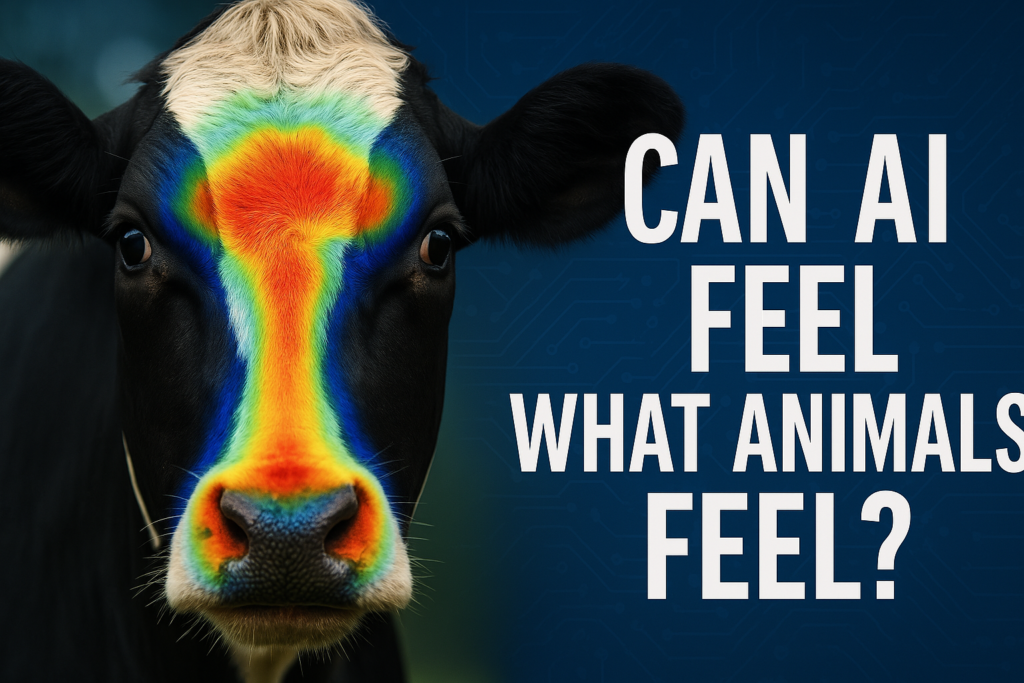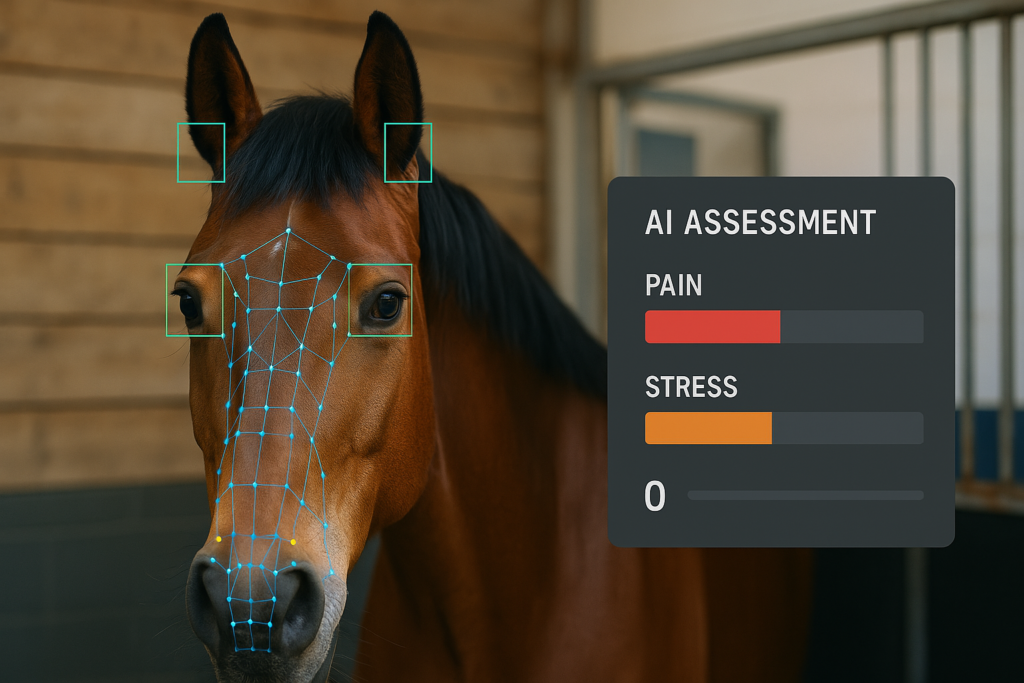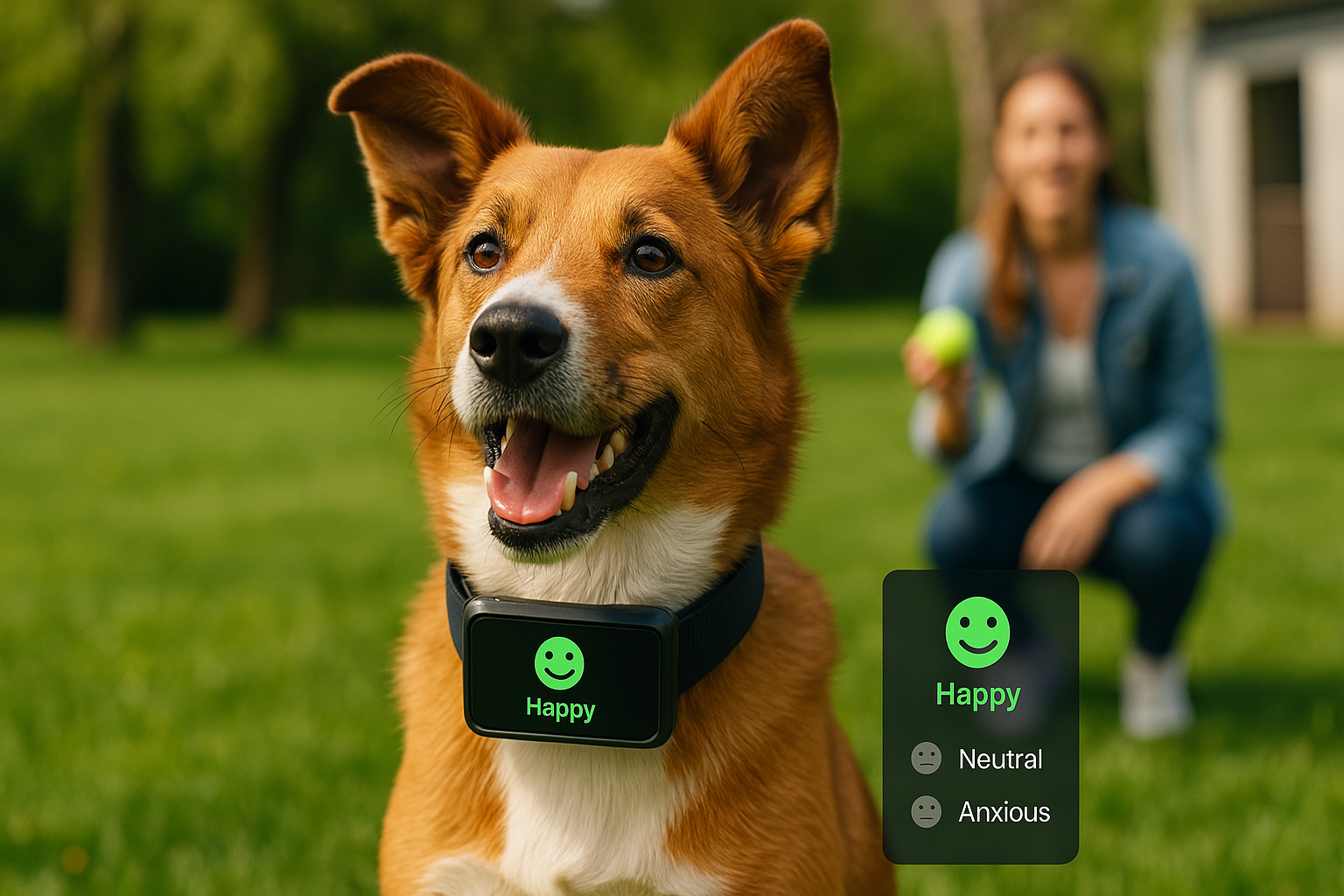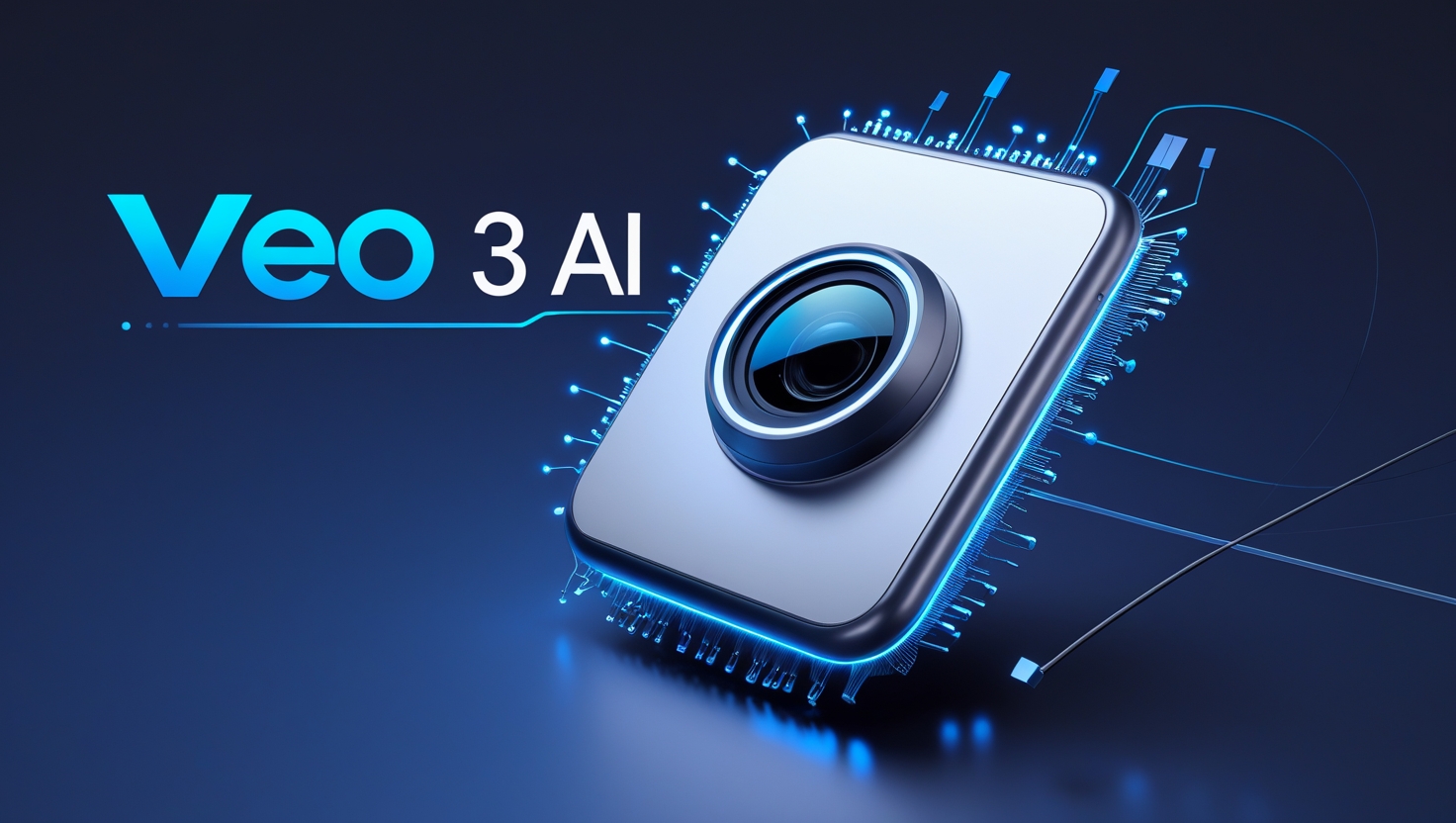“Can AI Feel What Animals Feel?” The future of empathy might just be artificial.
Artificial Intelligence is making strides in areas we once believed were uniquely human—including the realm of emotions. Ai read animal emotions Surprisingly, one of its newest frontiers is not the human psyche, but the emotional worlds of animals.
From identifying pain in dairy cows to detecting stress in dogs and horses, AI systems are becoming better than humans at decoding facial expressions and subtle body language in animals. What started as a welfare tool for farms and shelters is now evolving into a powerful bridge for interspecies communication. And as researchers push the boundaries further, they’re beginning to explore something even more ambitious—decoding complex emotions such as joy, curiosity, affection, and fear.

Reading Pain and Stress: The First Milestone
Ai read animal emotions: Why It Began
The journey into animal emotion detection began with a simple but crucial challenge: how do we know when an animal is suffering?
Farmers, veterinarians, and researchers have long relied on experience, instinct, and close observation to interpret non-verbal cues from animals. But this approach is subjective and inconsistent. Enter AI—a tool that offers consistency, objectivity, and speed.
Grimace Scales Meet Machine Learning
The first wave of AI applications focused on physical pain and stress. Researchers began adapting “Grimace Scales”—systems originally developed for lab animals that score pain based on facial tension—and paired them with computer vision technologies.
By feeding images and video into machine learning models, AI systems learned to analyze:

- Ear position
- Tension around the eyes
- Nostril shape and mouth movement
- Head posture and body stillness
In barns and shelters, strategically placed cameras capture real-time footage. Algorithms track facial landmarks and body positions to classify emotional states, often with greater accuracy than human observers.
Real-World Impact
In the cattle industry, these AI tools have led to significant improvements in welfare. Automated pain detection allows for quicker intervention in cases of injury or illness. For horses and dogs, AI enables handlers to spot signs of discomfort early—before they develop into serious health problems.
Cracking the Code of Complex Emotions
Beyond Pain: Understanding Joy, Fear, and Affection
Ai read animal emotions, While pain and stress are relatively easier to detect—thanks to visible, physiological changes—emotions like joy or curiosity are far more complex. They manifest differently across species and often rely on contextual cues.
Moreover, scientists are still unraveling the full scope of animal emotional life. Can a pig feel boredom? Does a dog experience jealousy? How do birds express curiosity? These questions have long been debated—but AI is helping us find answers.
Multimodal Machine Learning
To take on the challenge of complex emotions, researchers are now turning to multimodal AI systems. These models don’t just rely on facial expressions. They integrate:
Ai read animal emotions
- Body language
- Tail and limb movements
- Vocalizations (barks, grunts, squeals)
- Physiological signals like heart rate variability and cortisol levels
By training neural networks on this rich, layered data, AI can begin to detect emotional subtleties.
Breakthroughs So Far
Here are a few early wins in this ambitious effort:
- Dogs: AI systems can now differentiate between playful and anxious behavior based on tail motion, ear angle, and micro-expressions.
- Primates: Social bonding and trust are inferred from gaze tracking, grooming patterns, and frequency of physical contact.
- Pigs and birds: Curiosity and boredom are tracked using AI-monitored exploration patterns and activity levels over time.
Why Ai read animal emotions Matters: Ethics, Science, and Empathy
Welfare Meets Innovation
Understanding animal emotions has implications far beyond scientific curiosity. It directly affects how we care for and relate to animals.
- In agriculture, AI can improve both welfare and efficiency, creating better conditions for livestock and reducing economic losses.
- In conservation, AI can track the emotional well-being of endangered animals remotely, reducing the need for invasive interventions.
- In pet care, emotionally-aware AI tools could revolutionize how we train, feed, and play with our companion animals.
Perhaps most importantly, Ai read animal emotions technology forces us to reconsider our ethical relationship with animals. When we can understand how they feel, even a little, we’re no longer passive observers—we’re empathetic collaborators in their well-being.
The Future: A World Where AI Translates Emotion Across Species
A Glimpse Into What’s Coming
The vision is clear: a world where AI serves as an emotional interpreter between humans and animals.
Imagine a wearable collar for dogs that lights up with a color-coded emotion meter—blue for calm, yellow for curious, red for anxious. Or autonomous drones in wildlife reserves that monitor elephants or wolves for signs of stress, using thermal imaging and facial recognition.
Such tools could radically shift how we protect and understand the animals around us.
The Challenges Ahead
Ai read animal emotions future, however, comes with hurdles. One major issue is generalization: AI trained on one breed of dog or species of bird may not work well on another. Emotional expression can vary widely—even within the same species.
There’s also the risk of anthropomorphism—projecting human feelings onto animal behaviors. While AI helps reduce subjectivity, human bias still shapes training data and model interpretation.
Yet with ongoing advancements in deep learning, increasing access to species-specific data, and growing global interest in animal welfare, these challenges are being met head-on.
Conclusion: From Understanding to Empathy
The idea that machines could help us understand how animals feel once seemed like science fiction. Today, it’s a scientific reality—one that could transform everything from veterinary care to wildlife conservation.
Ai read animal emotions In unlocking the emotional lives of animals, AI isn’t just teaching us about them. It’s teaching us about ourselves—about empathy, ethics, and the power of connection beyond species lines.
As artificial intelligence becomes a tool of compassion, the question isn’t whether animals have emotions. The question is: are we finally ready to understand them?










